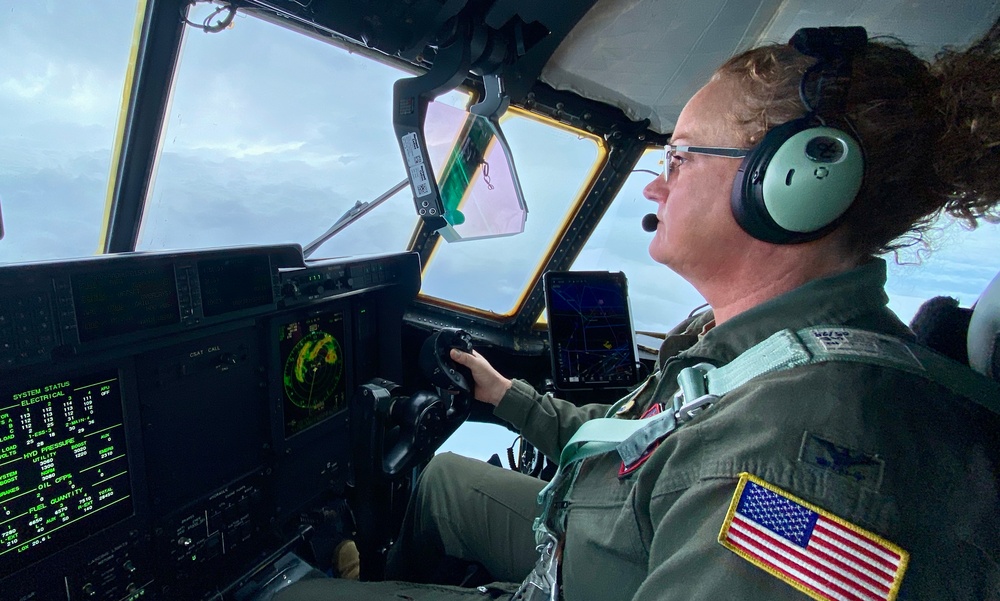DVIDS – News – Puerto Rico and Honduras Tsunami Readiness
On this occasion, the meeting between Honduras and Puerto Rico concurred with the “Caribe Wave 2018” exercise, a simulation exercise sponsored by the Seismic Network of Puerto Rico with other security agencies. The objective of this exercise is to test and validate the operations of the Caribbean Tsunami Warning System, evaluate tsunami response preparedness and the use of alert methods for the Caribbean, as well as assist in tsunami preparedness efforts of the Caribbean emergency management agencies.
The Caribbean Wave 2018 event had the city of Mayagüez, located at the far west of the Island, as its main scenario. On October 1918 this city suffered the shockwave of an earthquake followed by a Tsunami. The Honduran delegation, with members of the PRNG and residents of the area, strode one of the evacuation routes when the tsunami warning was alerted at 10 o’clock in the morning as scheduled for this exercise.
For Jaime Manuel Aguilera Quiroz and Gabriel Alonzo Rubio Izaguirre of COPECO, the simulation exercise “has been very positive and very effective. The support of the citizens and the media that helped to spread the information was remarkable “.
Honduran military officers, 1st Lt. Ricardo J. Zavala Avilés and 1st Lt. José C. Galvez Andrade, agreed that the Caribbean Wave 2018 exercise “provided the necessary and clear information to be understood by the population.”
During their visit, the personnel of COPECO and the Honduran Defense Forces met with members of the National Oceanic and Atmospheric Agency (NOAA) to discuss the techniques of emergency warning in Puerto Rico and the Virgin Islands.
Meteorologists Ernesto Ramos, Ernesto Rodríguez and Roberto García of NOAA, spoke with the Honduran delegation about their experiences during Hurricane María and how they handled operations before, during and after the emergency. They also stressed how vulnerable the island of Puerto Rico was to this phenomenon that devastated the entire Island.
“Hurricane María made us realize what we could expect from the climate changes, because the climate is actually changing. Our system failed at five in the morning right in the middle of the hurricane. We remained totally isolated; That’s when the NOAA office in Miami continued to monitor the hurricane. The communication networks, that are so important in these situations, were lost. We saw that vulnerability and today we are working to improve it ,” explained Ramos.
Another important meeting took place at the Seismic Network of Puerto Rico located at the University of Puerto Rico, Mayagüez Campus. The delegation of Honduras was received by Christa G. Von Hillebrandt-Andrade, Director of the Tsunami Warning Program in the Caribbean; the researcher of the “Tsunami Ready” Program Roy Ruiz Vélez; Elizabeth Vanacore, Research Associate of the Seismic Network of Puerto Rico and Dr. Victor Huerfano Moreno, Interim Director of the Seismic Network of Puerto Rico and Professor at the Campus, among others.
Christa and Dr. Huerfano explained how the “Caribe Wave 2018” exercise was developed and what data were used to recreate a tsunami in the western zone of Puerto Rico as well as establishing the logistics of the drill.
The mission of the Seismic Network of Puerto Rico is to be aware of the detection of seismic events and, together with NOAA and the National Meteorological Service, work hand in hand with the Puerto Rico Emergency Management Agency.
“We are pleased with the experience we had while participating in the drill. It was possible to see the collaboration between the agencies and how the information was taken especially to the children, “said Aguilera Quiroz of COPECO.
As part of the emergency management logistics such as Hurricane Maria for Puerto Rico, Master Sgt. David Berrios of the Puerto Rico National Guard, explained to the delegation of Honduras the process of the organization to meet the needs of the Island in support of the Puerto Rico Emergency Management Agency.
According to Berrios, the most urgent needs were met, such as the health services institutions, providing them with water and fuel support to keep their electric generators running. In the same way they coordinated the routes to get supplies to even the most isolated areas.
The Program, currently led by Captain Noelia Roldán, supports the goals of the defense policy of the Secretary of Defense and the security cooperation strategy of the theater of operation of the Southern Command.
The main objectives of the State Partnership Program are to improve military interoperability between states or territories and forces of fellow countries, demonstrate the ability and benefits of military support to civil authorities, as well as assist in the development of cooperative security among allied countries of the United States.
| Date Taken: | 03.22.2018 |
| Date Posted: | 03.22.2018 12:06 |
| Story ID: | 270263 |
| Location: | PR |
| Web Views: | 137 |
| Downloads: | 1 |
PUBLIC DOMAIN
This work, Puerto Rico and Honduras Tsunami Readiness, by SSG Alexis Velez, identified by DVIDS, must comply with the restrictions shown on https://www.dvidshub.net/about/copyright.


 Private Internet Access gives you unparalleled access to thousands
of next-gen servers in over 83 countries and each US state. Your
VPN experience will always be fast, smooth, and reliable.
Private Internet Access gives you unparalleled access to thousands
of next-gen servers in over 83 countries and each US state. Your
VPN experience will always be fast, smooth, and reliable.
